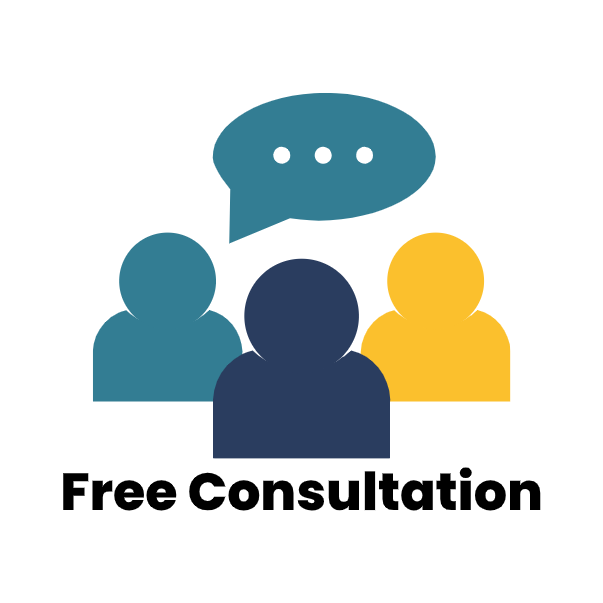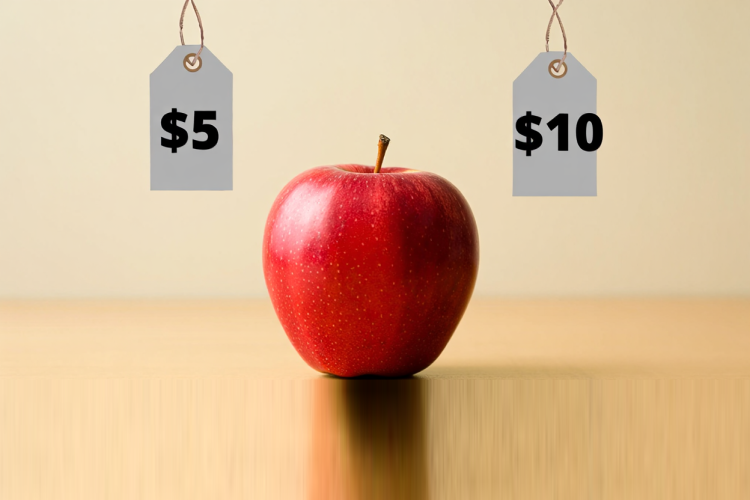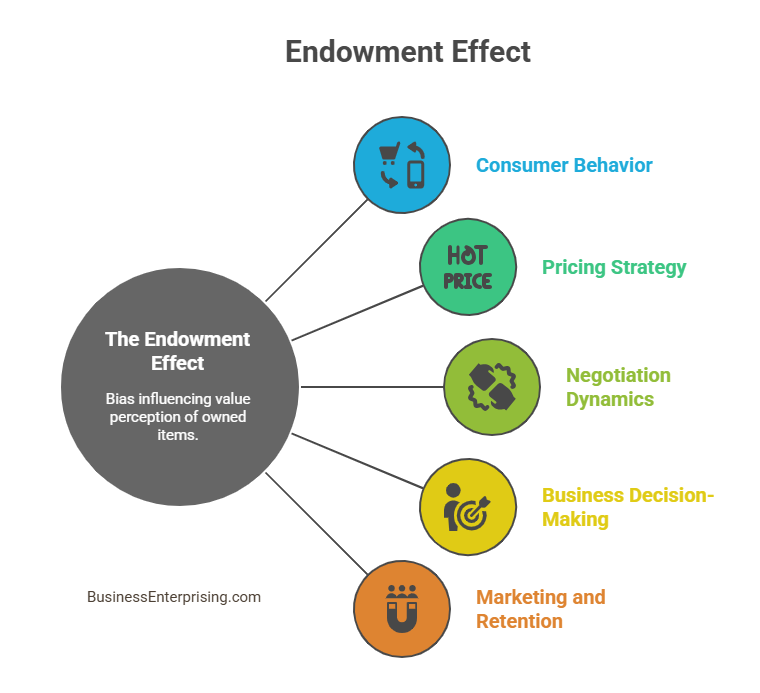 The Endowment Effect is a common bias that influences how people assign value to things they already own. Once ownership forms, individuals tend to view the item as worth more than its actual market value. This happens across business, marketing, and personal decision-making. However, many don’t realize how deeply this bias shapes behavior.
The Endowment Effect is a common bias that influences how people assign value to things they already own. Once ownership forms, individuals tend to view the item as worth more than its actual market value. This happens across business, marketing, and personal decision-making. However, many don’t realize how deeply this bias shapes behavior.
You may have seen it when someone refuses to sell an old product for a fair price. Additionally, it explains why customers hesitate to switch brands, even when better options exist. People naturally hold onto what they feel belongs to them. Therefore, the sense of loss weighs more than the possible benefit of change.
For businesses, this presents both challenges and opportunities. You need to know when this bias helps you build loyalty. However, you also need to recognize when it blocks clear thinking or delays growth. The same effect that drives retention can also lead to poor pricing or slow product pivots.
Understanding the Endowment Effect gives you a clearer view of what motivates decisions. Additionally, it helps you build better strategies for sales, product development, and customer retention. By planning with this bias in mind, you can reduce friction and improve results across your business.
This awareness applies to both customer behavior and internal planning. Therefore, training your team to spot and adjust for this bias can make your decisions stronger. It starts with asking the right questions and staying open to change.
What Is the Endowment Effect?
People tend to place a higher value on things they already own. That behavior is known as the Endowment Effect. You may notice it when someone refuses to sell an item for its fair market value. Instead, they believe it’s worth more simply because it belongs to them.
This psychological bias affects both buyers and sellers. However, it’s more common when emotions or identity are tied to ownership. For example, someone may feel that their used car is worth more than similar listings. Therefore, they hesitate to accept lower offers, even when those offers are reasonable.
Additionally, the Endowment Effect often leads people to resist change. If you already own a product or subscribe to a service, you may avoid trying something new. That resistance doesn’t always come from logic. Instead, it’s driven by a sense of loss. People often feel that giving something up is more painful than gaining something new.
Marketers and sales teams can observe this behavior in product returns, upgrades, or trade-ins. Therefore, understanding this effect helps you plan better offers and pricing strategies. You need to recognize when people are emotionally attached to a product. Also, you must account for that in how you present value.
The Endowment Effect is not about greed or irrationality. It’s a natural response to ownership. However, this bias can cloud decision-making. It can cause you to overprice, miss better deals, or cling to outdated tools. When you know the pattern, you can adjust your thinking.
Awareness of this effect helps you make clearer choices in business. It also helps you understand your customers more deeply and build smarter strategies.
How the Endowment Effect Influences Consumer Behavior
The Endowment Effect shapes how people view the products they already own. Once someone buys something, they often value it more. This shift is emotional, not always logical. However, it strongly influences how consumers behave, especially when facing new choices or competing offers.
For example, customers may stay loyal to a brand even if better options exist. They feel attached to what they already use. Therefore, switching feels like a loss, even when the alternative is more affordable or functional. That sense of ownership makes change harder than it should be.
Additionally, this bias affects how people respond to product upgrades. You may resist switching to a newer version if the current one feels familiar. Even minor differences can seem like risks when you’re used to something else. As a result, companies often struggle to move long-time users toward better offerings.
The Endowment Effect also impacts price sensitivity. Customers might believe their current product is superior, simply because it’s theirs. Therefore, competing offers must do more than match price or features. They must overcome a bias that favors what’s already owned.
Marketers use this behavior to their advantage by creating a sense of ownership early. Free trials, personalization, or user input can build that feeling before the sale. That way, consumers value the product more by the time they purchase it.
Understanding this bias helps you make better business decisions. It also explains why customers may resist change, even when it benefits them. By recognizing these patterns, you can tailor your offers and messaging with more precision.
Implications for Pricing and Product Strategy
The Endowment Effect influences how people respond to pricing and product value. Once customers feel ownership, they view a product as more valuable. This shift allows you to rethink how you set prices, design offers, and frame promotions. Therefore, understanding this bias can lead to better sales results.
Limited-time offers work well because they speed up the feeling of ownership. When customers act quickly, they commit sooner. Additionally, offering trials or risk-free periods builds a sense of possession before a sale happens. This strategy makes the customer more likely to buy when the trial ends.
Bundling is another effective approach. When you package items together, customers perceive greater value. They begin to view the entire bundle as theirs. Therefore, they become less likely to compare individual items against competitor prices. This perception helps protect your pricing from discount pressure.
You can also adjust how you present product upgrades. Instead of asking customers to switch, position upgrades as improvements to something they already own. That way, you support their sense of continuity. Additionally, you reduce the emotional cost of letting go of a past version.
Price sensitivity decreases when customers feel invested. They are more willing to pay more for what they believe they already value. Therefore, highlighting prior use or loyalty in your messaging reinforces their connection. Also, remind them of past satisfaction before introducing new pricing.
The Endowment Effect shapes how people view your products. If you structure your pricing and promotions with that bias in mind, your strategy becomes more effective. You gain customer trust and increase perceived value without lowering your price.
The Endowment Effect in Negotiation and Sales
The Endowment Effect often appears during sales conversations and deal-making. People naturally value what they already have more than its market price. Therefore, sellers may set unrealistic expectations, thinking their product is worth more than buyers are willing to pay. That disconnect can stall or even end a negotiation.
Additionally, buyers may resist offers that replace what they already own. They see change as a loss instead of a gain. Even when the new solution is better, the idea of giving up something familiar creates hesitation. This bias slows the decision-making process and adds friction to your sales cycle.
However, understanding this effect allows you to adapt your approach. If you’re the seller, focus on how your offer builds on what the buyer already values. That approach helps reduce resistance and shift the focus from loss to progress. Also, anchor your price with comparisons that feel familiar to the buyer. Familiarity helps ease tension during pricing discussions.
From the buyer’s side, acknowledge when a seller has emotional attachment to the deal. Their sense of ownership may cause them to reject fair offers. Therefore, validate their position while offering objective reasons for your terms. This strategy helps bridge emotional gaps with practical dialogue.
Additionally, both sides benefit from reframing the conversation around shared value. Highlight what both parties gain rather than what each gives up. The Endowment Effect can be managed with patience, empathy, and preparation. When you address it directly, your negotiations become more productive and less emotional.
Overcoming the Endowment Effect in Business Decision-Making
Business leaders often struggle to evaluate their own products or assets objectively. The Endowment Effect causes teams to overvalue what they created. This bias can block better decisions during product reviews, pricing discussions, or business pivots. However, you can reduce its impact with a few practical steps.
Start by separating personal investment from actual performance. Encourage your team to assess based on results, not effort. Additionally, use outside perspectives to challenge assumptions. Fresh input often highlights what internal teams may overlook. That helps reduce emotional attachment and shifts focus to facts.
When reviewing assets, compare them to outside benchmarks. Market data offers a clear view of real value. Therefore, anchor decisions in current conditions, not past expectations. Also, document the original purpose of each product or feature. If it no longer meets that goal, reconsider its place in your strategy.
During pivots, be direct about what’s working and what’s not. You may need to let go of familiar tools or ideas. However, remind your team that adaptation leads to survival. Avoid clinging to the past if it no longer supports growth. Additionally, set clear criteria for keeping or cutting features. That structure removes guesswork and emotion.
You can also rotate team members in key review roles. A new perspective can challenge old thinking. This reduces bias and helps uncover hidden problems. When feedback comes from different angles, decisions improve. The Endowment Effect is powerful but manageable. If you build systems that reward truth over comfort, your strategy becomes stronger. That shift supports faster, better decisions across your business.
Using the Endowment Effect in Marketing and Customer Retention
The Endowment Effect can work in your favor when used early in your marketing strategy. People value things more once they feel ownership. Therefore, offering free trials, samples, or early access helps create that emotional connection. Customers start to see the product as theirs before any money changes hands.
Additionally, personalization builds a stronger bond between the user and the product. When people customize something, they feel invested. That sense of control increases loyalty and reduces the chances they’ll leave for a competitor. Also, it makes your brand feel more relevant and responsive.
User-generated content can also support this effect. When someone contributes a review, image, or opinion, they feel tied to your brand. Therefore, they are more likely to return and engage again. That added sense of contribution creates a psychological stake in your success.
Retention becomes easier when people feel ownership. They are less likely to cancel a service or return a product they helped shape. However, it’s not just about keeping customers. It’s about making them feel part of the experience. That shift leads to deeper engagement over time.
Your messaging should reflect this goal. Encourage users to take small actions that build attachment. Additionally, thank them for their involvement and highlight their role. The more they feel seen, the more they feel connected. The Endowment Effect shows that ownership drives value. When customers see your product as theirs, they stay longer and engage more. Use that insight to create better experiences that lead to stronger retention.
Conclusion
The Endowment Effect influences how people think, choose, and stay loyal. It shapes decisions in ways that often go unnoticed. However, once you recognize it, you can plan better strategies in marketing, pricing, and product development. That awareness gives you an advantage in both attracting and retaining customers.
Additionally, this bias affects how teams evaluate what they’ve built. Emotional attachment can lead to missed opportunities or delayed change. Therefore, learning to spot the signs helps you lead with more clarity and less bias. You make better decisions when you rely on facts over feelings. For your customers, ownership adds perceived value. That perception can lead to higher satisfaction and stronger loyalty. However, it can also make change harder. Understanding both sides allows you to communicate more effectively and reduce friction. You help customers move forward with less resistance.
Use this insight to improve your messaging, deals, and product positioning. Additionally, consider how early actions like trials or personalization can increase engagement. When people feel involved, they’re more likely to stay connected. Your team can also benefit from structured reviews and external input. These tools help reduce bias and keep business plans aligned with reality. Therefore, you spend less time stuck and more time moving forward. The Endowment Effect will always exist, but you don’t need to let it control your outcomes. With the right mindset and strategy, you can work with it instead of against it. That shift improves how you build, sell, and adapt in a competitive environment.



